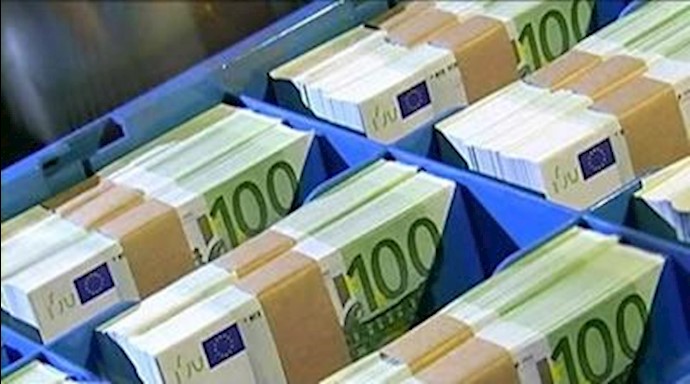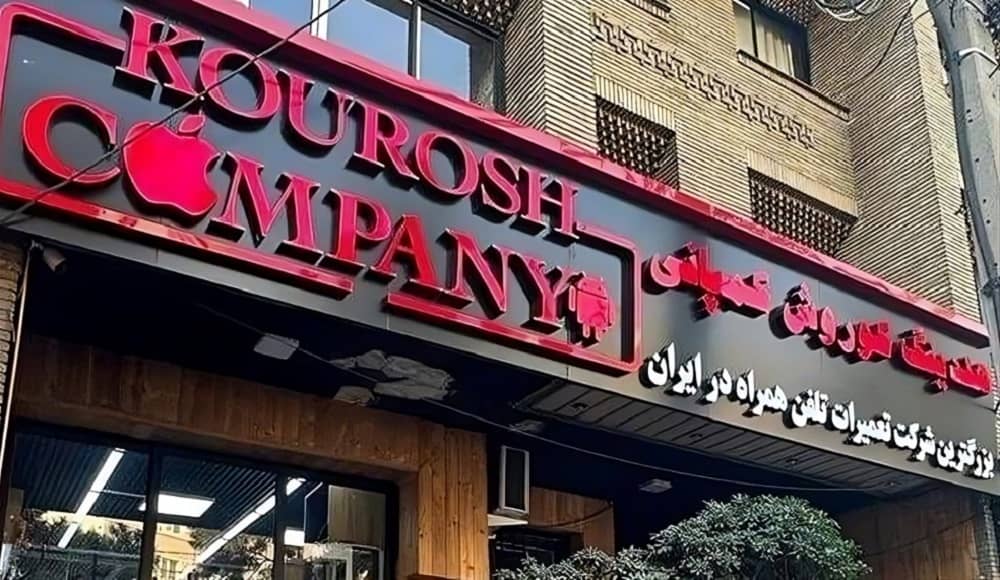

The documents unveil a sordid tale of bribes and unqualified appointments, including a staggering proposal of a 2 trillion rials bribe to a current member of the Majlis and the sale of qualification confirmations for another member.
At the heart of this latest corruption scandal is the case of Babak Zanjani, a figure whose dealings have been thrust into the limelight under the guise of “Recovery of Stolen Assets.” Zanjani, a billionaire with deep ties to the regime, played a key role in helping Iran circumvent oil sanctions while embezzling billions in funds and assets.
His connections spanned the highest levels of government, including former presidents Ali Akbar Hashemi Rafsanjani, Mahmoud Ahmadinejad, and Hassan Rouhani, from whom he received numerous accolades. Despite his contributions, Zanjani has been sentenced to death on corruption charges, a move that has sparked a power struggle between the executive branch and the judiciary.
Watch and judge why #embezzlement is breaking new records in #Iran pic.twitter.com/Zpzd4n1qLz
— NCRI-FAC (@iran_policy) December 6, 2023
The state-run Ham-Mihan newspaper reported statements from the head of the government’s Information Council, highlighting resistance to the repatriation of Zanjani’s assets prior to the current administration. Conversely, the judiciary credited its collaboration with the Islamic Revolutionary Guard Corps’ intelligence organization for locating Zanjani’s assets abroad, promising new developments in the case.
Further reports from the Setareh Sobh newspaper suggest that Zanjani was not acting alone, hinting at a network of influential protectors behind the scenes. This network’s involvement has reportedly led to leniency in Zanjani’s sentencing, raising questions about the true breadth of corruption and its protectors within the regime.
Despite protests from the looted individuals, official sources have denied any prior knowledge of the company, which was found to have used a regime-endorsed e-Namad symbol to deceive investors. The pervasive corruption, often dismissed with a “sarcastic smile” by the disillusioned public, has been metaphorically described by regime supreme leader Ali Khamenei as the “seven-headed dragon of corruption.”

Yet, critics argue that Khamenei himself represents the dragon’s main head, pointing to the systemic corruption that extends to the highest echelons of power. Calls for the regime’s overthrow by the Iranian people, particularly by rebellious youth and resistance units, underscore the deep-seated frustration and desire for change. As billion-dollar embezzlements become the norm, the Iranian populace’s clamor for accountability and reform grows louder, challenging the regime’s legitimacy and sparking debates on the future of governance in Iran.

MEK Iran (follow us on Twitter and Facebook), Maryam Rajavi’s on her site, Twitter & Facebook, NCRI (Twitter & Facebook), and People’s Mojahedin Organization of Iran – MEK IRAN – YouTu







